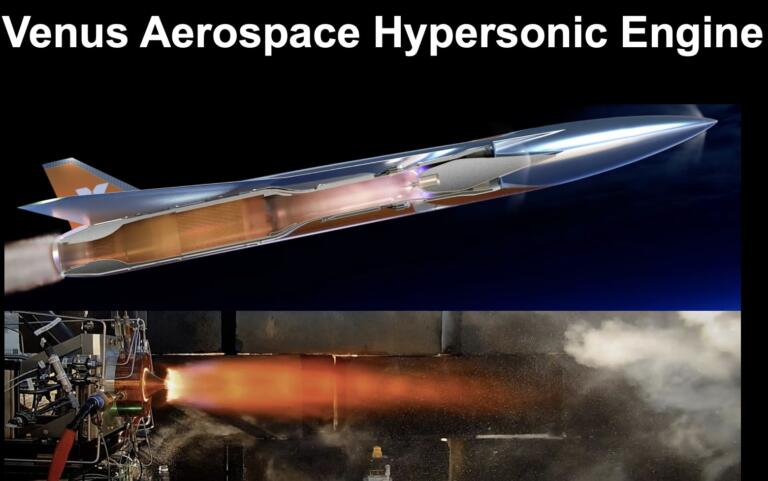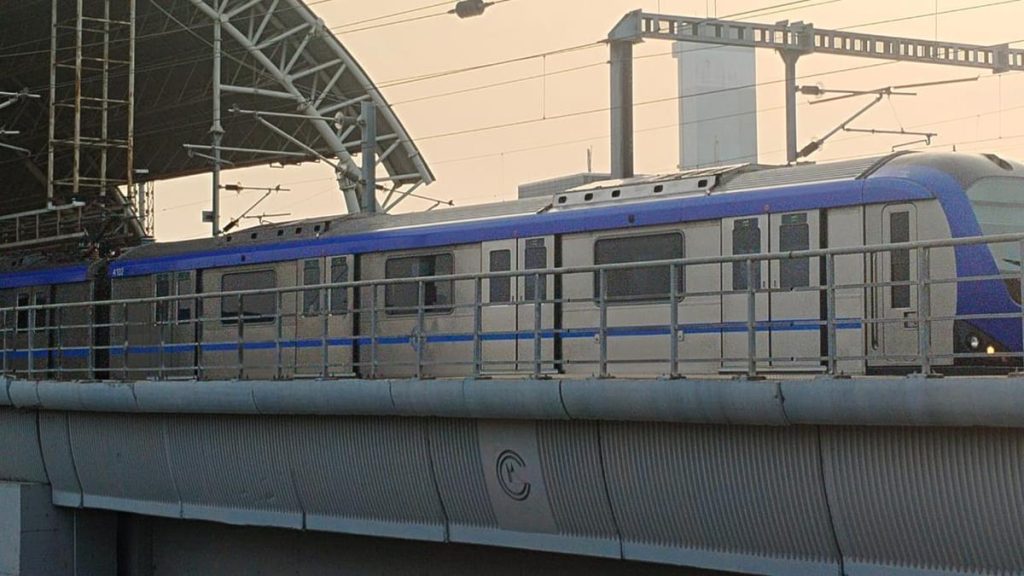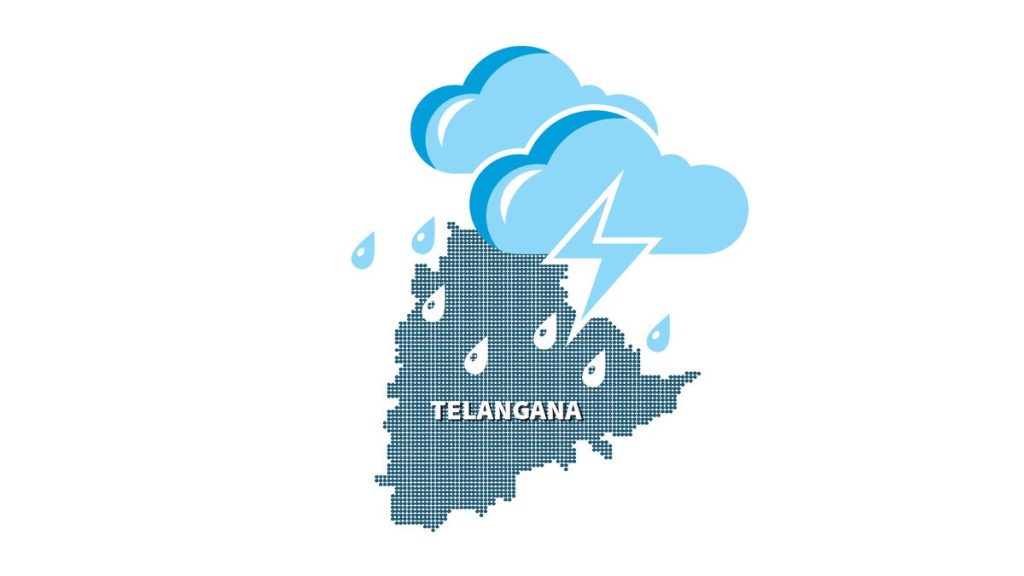Now Reading: Venus Aerospace Unveils Hypersonic Engine Advances
-
01
Venus Aerospace Unveils Hypersonic Engine Advances
Venus Aerospace Unveils Hypersonic Engine Advances

Quick Summary
- Andrew Duggleby, CTO of Venus Aerospace, introduced the Venus Detonation Ramjet (VDR2), a propulsion system that integrates a ramjet with a rotating detonation rocket engine (RDRE) for hypersonic flight (Mach 6-10).
- The system uses hydrogen peroxide (H2O2) as an oxidizer mixed with fuel to generate continuous supersonic detonation waves, offering 15-30% better fuel efficiency and higher thrust in a compact design.
- Key innovations include:
– Combustion process utilizing H2O2 and hydrocarbon fuels in an annular engine chamber.
– Advanced regenerative cooling and high-temperature alloys addressing extreme thermal challenges.- Computational fluid dynamics modeling to optimize performance parameters and stability during operation.
- The technology supports seamless transitions between takeoff, cruise (hypersonic speeds), and landing without complex mechanics seen in traditional engines.
- Use cases span defense applications like hypersonic weapons and commercial opportunities such as transoceanic flights via venus’s potential Stargazer aircraft.
- Ground tests demonstrated success: the RDRE ran for minutes at high efficiencies; a supersonic drone test validated early-stage concepts.A full prototype hypersonic drone is planned by 2025.
Indian Opinion Analysis
Venus Aerospace’s RDRE-powered propulsion system exemplifies how innovation can tackle long-standing limitations of jet versus rocket systems for hypersonics. While this progress has direct implications for aerospace technologies globally-offering versatility across defense and civilian spheres-the underlying research highlights the evolving global race toward affordable scalability of high-speed travel.
For India, which has ongoing exploration programs including ISRO’s ambitions in space transport systems like Reusable Launch Vehicles (RLVs), this breakthrough possibly offers insights into achieving efficiency improvements while managing thermal stresses. Additionally, India’s growing partnerships in global technology-sharing forums can benefit from collaborations focused on such advanced engineering fronts-notably useful if adapted for low-cost transport or sub-orbital applications catered to domestic or regional use.
The success of thes experiments underscores future opportunities where emerging economies could play catch-up by leveraging these lessons rather than developing foundational tech from scratch.




























